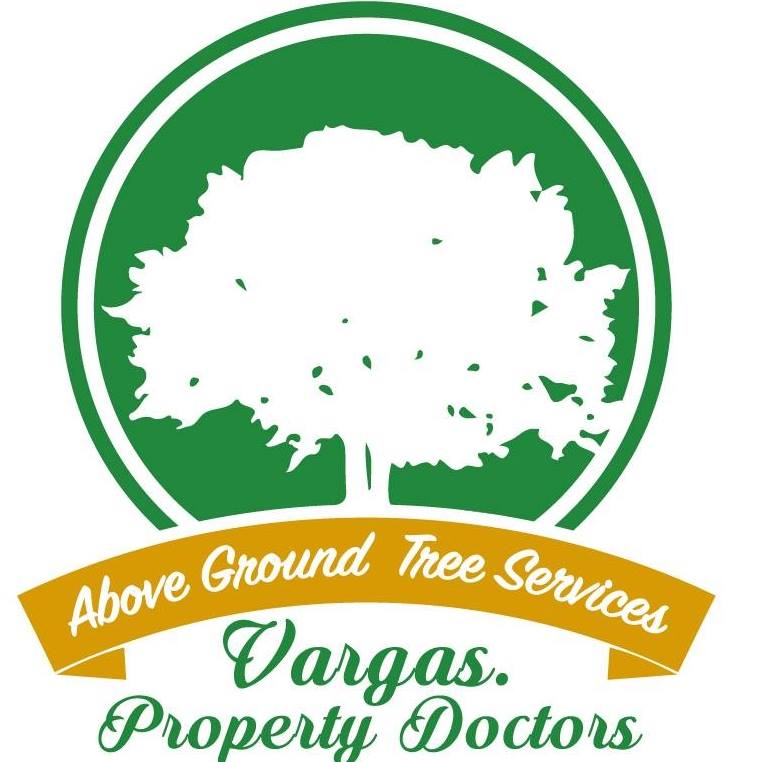Trees add beauty, shade, and value to your property, but they’re also susceptible to a variety of diseases that can diminish their health and appearance. Identifying and treating these diseases early is crucial to maintaining a vibrant landscape. At Above Ground Tree Services, we’re dedicated to helping you keep your trees in top condition. Here’s our guide to recognizing and treating common tree diseases in your backyard.
Recognizing Common Tree Diseases
1. Leaf Rust
Signs: Orange, yellow, or brown powdery spots on the undersides of leaves.
Treatment: Remove affected leaves and ensure proper air circulation around your trees. Fungicide applications may be necessary for severe infections.
2. Powdery Mildew
Signs: A white or gray powdery coating on leaves and stems.
Treatment: Improve air circulation by pruning dense foliage. Apply fungicides if necessary, and water the trees at the base to reduce humidity levels in the foliage.
3. Fire Blight
Signs: Wilting and blackening of leaves, flowers, and branches, as if scorched by fire.
Treatment: Prune affected areas well below the damaged tissue during dry weather. Disinfect pruning tools between cuts to prevent spreading.
4. Verticillium Wilt
Signs: Yellowing leaves, wilting, and branch dieback. Often, one side of the tree is affected first.
Treatment: Remove severely affected trees to prevent the spread of the disease. Water and fertilize the tree to improve health and resistance.
5. Bark Diseases and Disorders
Signs: Cracks, cankers, or peeling bark.
Treatment: Improve tree health through proper watering and mulching. In some cases, removing the affected bark areas carefully can help. Consult a professional for the best approach.
6. Root Rot Diseases
Signs: Discolored leaves, stunted growth, and a lack of vigor. Trees may become unstable.
Treatment: Improve drainage around the tree. Avoid overwatering. In severe cases, the tree may need to be removed to prevent the disease from spreading.
7. Dutch Elm Disease
Signs: Wilted, yellow leaves that turn brown and fall off. Affects elm trees.
Treatment: Infected trees should be removed to prevent the spread of the disease. Prune dead branches in the winter and dispose of them properly.
8. Emerald Ash Borer
Signs: D-shaped exit holes in bark, canopy thinning, and leaf loss. Affects ash trees.
Treatment: Infested trees may need to be removed. Preventative treatments are available for nearby ash trees to protect them from infestation.
Preventative Measures
Regular Inspections: Early detection is key to managing tree diseases. Inspect your trees regularly for signs of distress.
Proper Pruning: Prune your trees to promote good air circulation and remove diseased or dead branches.
Adequate Watering: Over- or under-watering can stress trees, making them more susceptible to diseases. Ensure your trees receive the right amount of water.
Mulching: Apply a layer of mulch around the base of your trees to help retain soil moisture and regulate temperature, reducing stress.
The Role of Environmental Stress in Tree Diseases
Trees are not just susceptible to diseases caused by pathogens like fungi, bacteria, and viruses; their health and resilience can also be significantly impacted by environmental stress. Understanding the role that environmental stress plays in tree diseases is crucial for effective tree care and disease prevention in your backyard.
What is Environmental Stress?
Environmental stress refers to adverse conditions in a tree’s surroundings that challenge its growth, development, and overall health. These stressors can be abiotic (non-living) or biotic (living) and include factors such as:
Drought and Water Stress: Insufficient water availability can weaken trees, making them more susceptible to diseases and pest infestations.
Extreme Temperatures: Both scorching heat and freezing cold can cause physical damage to trees and reduce their disease resistance.
Soil Compaction: Heavy machinery, construction activities, or frequent foot traffic can compact the soil, reducing its aeration and making it difficult for roots to absorb water and nutrients.
Pollution and Chemical Exposure: Air pollution, road salts, and improper use of pesticides or fertilizers can harm trees, leading to increased vulnerability to diseases.
Poor Planting Practices: Incorrect planting depth, inappropriate site selection, or planting the wrong tree species for the area can stress trees right from the start.
How Environmental Stress Leads to Tree Diseases
When trees are stressed, their natural defense mechanisms are weakened, making it easier for pathogens to invade and cause disease. For instance, a tree suffering from water stress may have reduced sap flow, hindering its ability to transport nutrients and defensive compounds to where they’re needed. Similarly, trees weakened by soil compaction or pollution may not be able to produce sufficient chemical defenses to fend off infections.
Additionally, stressed trees often exhibit signs like wilting, leaf scorch, or premature leaf drop, which can attract pests. These pests can further damage the tree and spread pathogens among healthy trees.
When to Call the Professionals
If you’re unsure about the health of your trees or how to treat a particular disease, it’s time to call in the experts. At Above Ground Tree Services, we offer comprehensive tree care services to diagnose and treat tree diseases effectively. Our team of certified arborists has the experience and knowledge to ensure your trees receive the best possible care.
Don’t let tree diseases take away from the beauty and health of your backyard. With the right care and attention, you can protect your trees and enjoy them for years to come. Contact Above Ground Tree Services today for a consultation, and let us help you maintain a healthy, vibrant landscape.





